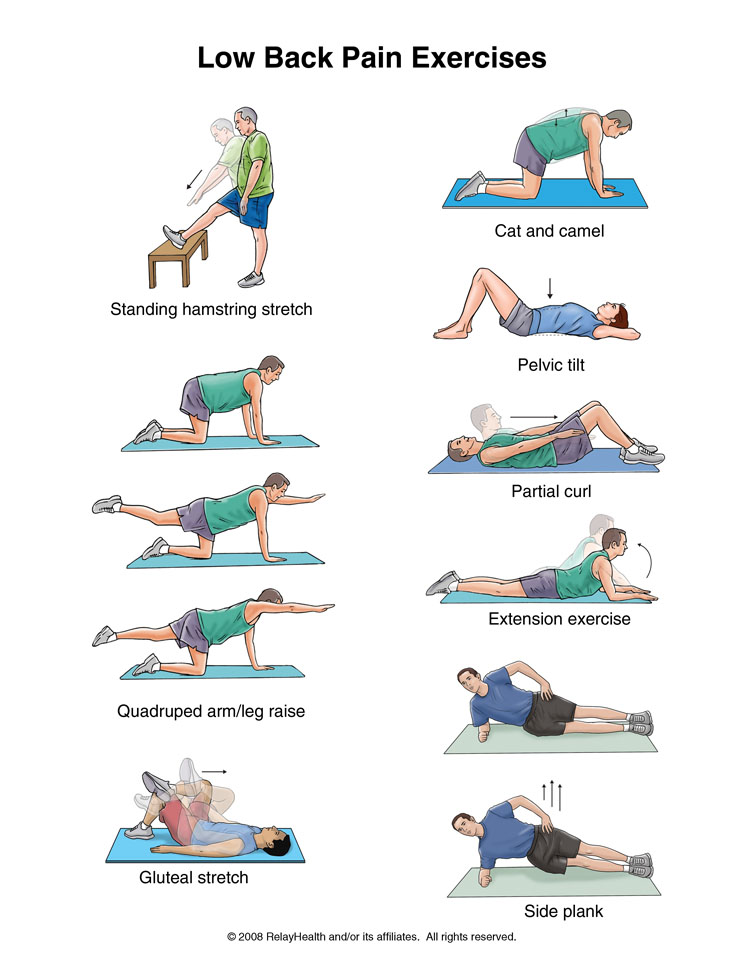Today's post from health.nytimes.com (see link below) is a useful description of neuropathy as a medical condition. The article is entitled 'Sensorimotor Polyneuropathy' which may confuse many people but it's basically a description of the disease we all know and hate and the information is handy for everybody with any form of neuropathy with standard symptoms. One of the problems for ordinary patients trying to learn about their condition, is the number of terms used to describe it! You can easily be baffled by the terminology alone. 'Sensorimotor' is another word for 'sensory' neuropathy which may be more familiar but if you think in terms of polyneuropathy in its many forms and with its many causes, this article may be of value to you.

New York Times Saturday, September 28, 2013
Sensorimotor polyneuropathy is a condition that causes a decreased ability to move or feel (sensation) due to nerve damage.
Alternative Names
Polyneuropathy - sensorimotor
Causes
Neuropathy means a disease of, or damage to nerves. When it occurs outside of the brain or spinal cord, it is called a peripheral neuropathy. Mononeuropathy means one nerve is involved. Polyneuropathy means that many nerves in different parts of the body are involved.
Neuropathy can affect nerves that provide feeling (sensory neuropathy) or cause movement (motor neuropathy). It can also affect both, in which case it is called a sensorimotor neuropathy.
Sensorimotor polyneuropathy is a body-wide (systemic) process that damages nerve cells, nerve fibers (axons), and nerve coverings (myelin sheath). Damage to the covering of the nerve cell causes nerve signals to slow down. Damage to the nerve fiber or entire nerve cell can make the nerve stop working.
Nerve damage can be caused by:
Autoimmune (body-wide) disorders
Conditions that put pressure on nerves
Decreased blood flow to the nerve
Diseases that destroy the glue (connective tissue) that holds cells and tissues together
Swelling (inflammation) of the nerves
Some diseases lead to polyneuropathy that is mainly sensory or mainly motor. Possible causes of sensorimotor polyneuropathy include:
Alcoholic neuropathy
Cancer (called a paraneoplastic neuropathy)
Chronic inflammatory neuropathy
Diabetic neuropathy
Drug-related neuropathy
Guillain-Barre syndrome
Hereditary neuropathy
Vitamin deficiency (vitamins B12, B1, and E)
Symptoms
Decreased feeling in any area of the body
Difficulty swallowing
Difficulty using the arms or hands
Difficulty using the legs or feet
Difficulty walking
Pain, burning, tingling, or abnormal feeling in any area of the body (called neuralgia)
Weakness of the face, arms, or legs, or any area of the body
Symptoms may develop quickly (as in Guillain-Barre syndrome) or slowly over weeks to years. Symptoms usually occur on both sides of the body. Most often, they start at the ends of the toes first.
Exams and Tests
An exam may show:
Decreased feeling (may affect touch, pain, vibration, or position sensation)
Diminished reflexes (ankle most commonly)
Muscle atrophy
Muscle twitches (fasciculations)
Muscle weakness
Paralysis
Tests may include:
Biopsy
Blood tests
Electrical test of the muscles (EMG)
Electrical test of nerve conduction
X-rays or other imaging tests
Treatment
Goals of treatment include:
Finding the cause
Controlling the symptoms
Promoting a patient's self-care and independence
Depending on the cause, treatment may include:
Changing medicines, if they are causing the problem
Controlling blood sugar level
Not drinking alcohol
Taking daily nutritional supplements
PROMOTING SELF-CARE AND INDEPENDENCE
Exercises and retraining to maximize function of the damaged nerves
Job (vocational) therapy
Occupational therapy
Orthopedic treatments
Physical therapy
Wheelchairs, braces, or splints
CONTROL OF SYMPTOMS
Safety is important for people with neuropathy. Lack of muscle control and decreased sensation can increase the risk of falls or other injuries.
If you have movement difficulties, these measures can help keep you safe:
Leave lights on.
Remove obstacles (such as loose rugs that may slip on the floor).
Test water temperature before bathing.
Use railings.
Wear protective shoes (such as those with closed toes and low heels).
Wear shoes that have non-slippery soles.
Other tips include:
Check your feet (or other affected area) daily for bruises, open skin areas, or other injuries, which you may not notice and can become infected.
Check the inside of shoes often for grit or rough spots that may injure your feet.
Visit a foot doctor (podiatrist) to assess and reduce the risk of injury to your feet.
Avoid leaning on your elbows, crossing your knees, or being in other positions that put prolonged pressure on certain body areas.
Medicines used to treat this condition:
Over-the-counter and prescription pain relievers to reduce stabbing pain (neuralgia) Anticonvulsants or antidepressant
Lotions, creams, or medicated patches
Avoid pain medicine whenever possible, or use it only when necessary. Keeping your body in the proper position or keeping bed linens off a tender body part may help control pain.
Support Groups
For additional information and support, see: www.neuropathy.org.
Outlook (Prognosis)
You can fully recover from peripheral neuropathy if your health care provider can find the cause and successfully treat it, and if the damage does not affect the entire nerve cell.
The amount of disability varies. Some people have no disability. Others have partial or complete loss of movement, function, or feeling. Nerve pain may be uncomfortable and may last for a long time.
Occasionally sensorimotor polyneuropathy causes severe, life-threatening symptoms.
Possible Complications
Deformity
Injury to feet (caused by bad shoes or hot water when stepping into the bathtub)
Numbness
Pain
Trouble walking
Weakness
When to Contact a Medical Professional
Call your health care provider if you have loss of movement or feeling in a part of your body. Early diagnosis and treatment increase the chance of controlling the symptoms.
References
Katitji B, Koontz D. Disorders of the peripheral nerves. In: Daroff RB, Fenichel GM, Jankovic J, Mazziotta JC. Bradley’s Neurology in Clinical Practice. 6th ed. Philadelphia, PA:Elsevier Saunders; 2012:chap 76.
Shy ME. Peripheral neuropathies. In: Goldman L, Schafer AI, eds. Goldman's Cecil Medicine . 24th ed. Philadelphia, PA: Elsevier Saunders; 2011:chap 428.
http://health.nytimes.com/health/guides/disease/sensorimotor-polyneuropathy/overview.html



